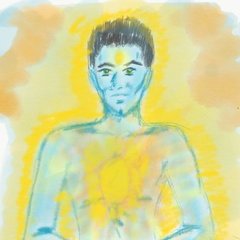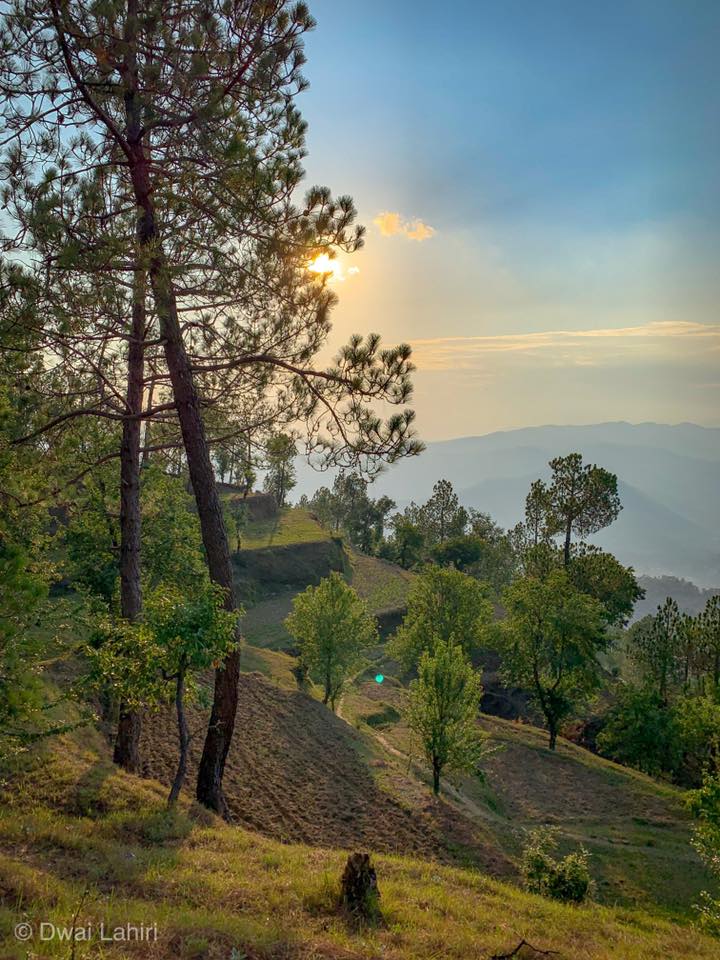-
Content count
8,452 -
Joined
-
Last visited
-
Days Won
78
Everything posted by dwai
-
Nigella sativa is the way to go for me. We use it a lot in our cooking…
-
I’ve had one as long as I can remember (or since when I became aware of the sky connection). I just thought it was a function of the fontanelle sealing after birth. But turns out it isn’t. Maybe I was just dropped on my head as a baby 🤣
-
Curious if any have a small bump (about the size of a pimple) on their crown point (where the fontanelle would have been as babies). If so, has it always been there (or how long as you have been aware of it)?
-

Warm energy radiating from the heart — spontaneous experience after meditation
dwai replied to Kati's topic in General Discussion
I find that often we obsess with the “why” and “how” instead of letting the process unfold. Nothing wrong in that, but often the why and how will become apparent when the process is complete. No wiser words can be said about this than what has already been shared by forest and Steve. -
Yes of course, most people need to start with a method. But many methods are not necessary, and a lot of folks I’ve seen tend to get caught up in acquiring methods. One good method/system is sufficient to understand, but most don’t have the patience to stick with one. It’s better to dig one deep well instead of a thousand shallow ones
-
Indeed. The more methods we acquire, the further we go from the Truth. Then again, no matter how many people and times it has been said, we each can only comprehend what our current level of clarity allows.
-
Deepest condolences 🙏🏾
-
This is the most poignant to me. The truth is always present, right under our noses, yet we don't see it because we are looking for the wrong things.
-
It’s a good idea to keep coming back to this




